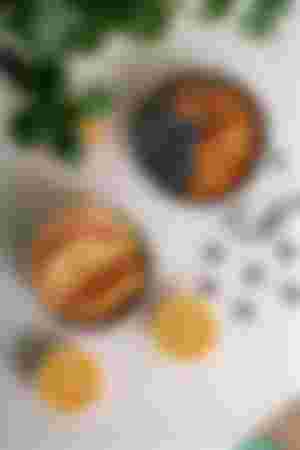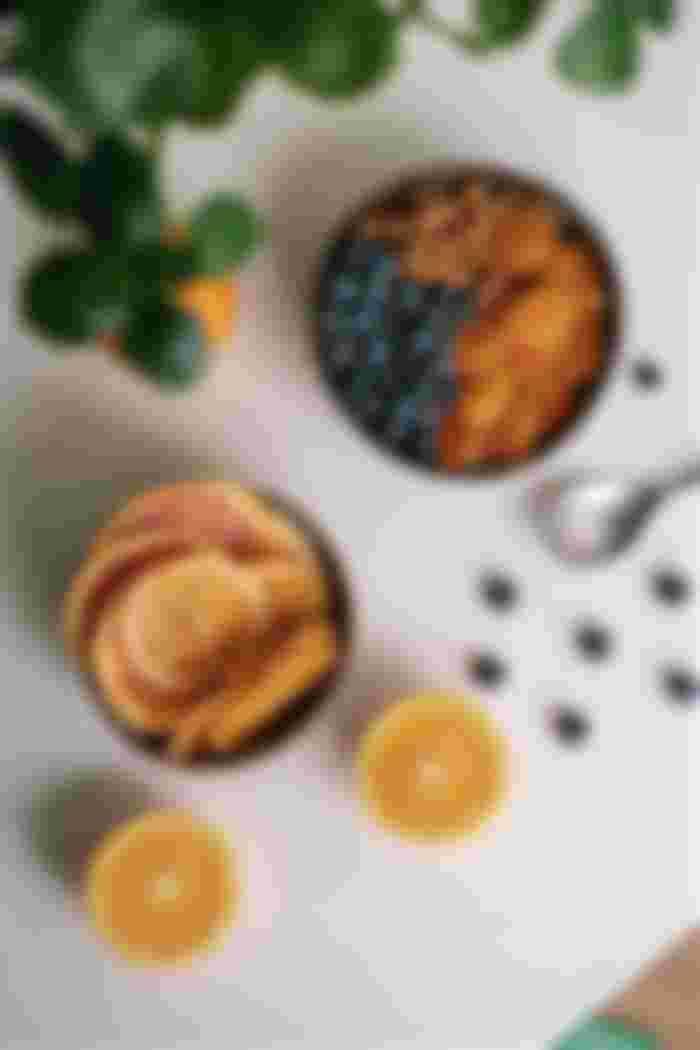The Keto Diet Meal Plan and Menu for a Lower Carb Lifestyle
The Keto Diet Meal Plan and Menu for a Lower Carb Lifestyle
The keto diet, also known as the ketogenic diet, consists of eating low-carb and high-fat foods with moderate protein intake to help you reach ketosis within two weeks. With this meal plan, you’ll know exactly what foods to eat, how much to eat at each meal and snack, and which recipes to prepare—all while enjoying delicious dishes that keep you on track with your goals and feeling your best in the process!

What Is the Ketogenic Diet?
The ketogenic diet has been around since 1924, when it was invented by Dr. Russell Wilder at Mayo Clinic. Originally designed to treat epilepsy in children, it is still one of today’s most widely used therapies. A ketogenic diet focuses on low carbohydrate intake while increasing fat consumption to at least 60% of your daily calories (as opposed to 20% or less with typical diets). When you’re in ketosis, your body enters a metabolic state where it burns fat rather than carbohydrates as its primary source of energy. People who follow a keto diet typically see improved weight loss results when their body fat drops below 10%—no matter what their starting weight is!
Foods to Eat on the Ketogenic Diet
All foods on keto need to be high in fat, with moderate protein and very low carbohydrates. The diet calls for 20-25% of your daily calories from fat, 70-75% from protein, and 5-10% from carbs. This ensures you are not just eating bacon & eggs every day to meet your macronutrient needs! However, when it comes to which type of fats you consume on keto, it can still get tricky. Ideally our ketone bodies should be fueled by healthy omega 3 fatty acids.
Foods to Avoid on the Ketogenic Diet
In general, you want to avoid any high-carb foods that are processed or refined. The more highly processed something is, generally speaking, the less healthy it is (this is true across all diets). So, no white breads, refined grains or added sugars. This includes refined vegetable oils (soybean oil and corn oil) as well as trans fats. However, some fats are healthy when consumed naturally—like butter versus margarine (both in moderation), avocado versus mayonnaise and nuts versus peanut butter. It's still important to keep track of how much fat you're consuming each day.
Sample Daily Menu
Ketogenic, Low-Carb Breakfasts: Eggs, Bacon or Sausage, Avocado Pancakes Breakfast: 3 whole eggs with 2 pieces of bacon or 3 scrambled eggs with 1/2 cup shredded cheddar cheese. Snack: Eat any three servings of vegetables. Lunch: Protein salad with meat (chicken, beef or pork), 1/2 avocado and 4 tomato slices; 4 ounces goat cheese with cucumber slices on four Romaine lettuce leaves; two to three pieces of deli-style turkey breast on rye bread with lettuce. Snack: Eat any two servings of vegetables. Dinner: Steak with butter and green beans (use olive oil instead). Optional evening snack of protein pudding made from whipped cream and protein powder in vanilla or chocolate flavor.
What Do I Need For Success?
When starting out on any diet plan, whether it’s Keto or not, ask yourself, What do I need to succeed? This will help you prepare ahead of time so that you don’t make excuses for not getting started. And since it can be hard to stay motivated when trying to lose weight (or anything else), we recommend keeping your expectations realistic and rewarding yourself when you do meet your goals. For example, if you know that ice cream is your downfall, have an alternative in mind so that if/when you give in during face-time with Ben & Jerry's Homemade Ice Cream, you'll at least have something healthy waiting to fill up on.
Why Is This Important?
Healthy eating has become mainstream. There are books, magazines, websites, and people spouting off facts about what to eat. With that in mind, it’s easy to get lost in all of it. However, there is one type of diet that has been growing rapidly in popularity – especially as more people begin looking at ways to reduce inflammation or lower their sugar intake: The ketogenic diet. The keto diet isn’t just another healthy eating trend; it works because of how our bodies process fat.
Pros & Cons of the Ketogenic Diet
Anyone who's been in the fitness scene long enough has heard of the keto diet. The ketogenic diet has become wildly popular over recent years. At its core, it's a high-fat, moderate protein, low-carb diet designed to put your body into ketosis—essentially tricking your body into thinking it's fasting (when it isn't). What does that mean? Basically that you'll be able to enter a state of hyper fat burning when you're on it. You can think of carbs as fast food (tossable in your purse or bag) while fats are slow cooked meals. You'll have more energy when you consume fewer carbs but will be able to see even greater results if you take in minimal amounts of proteins.
